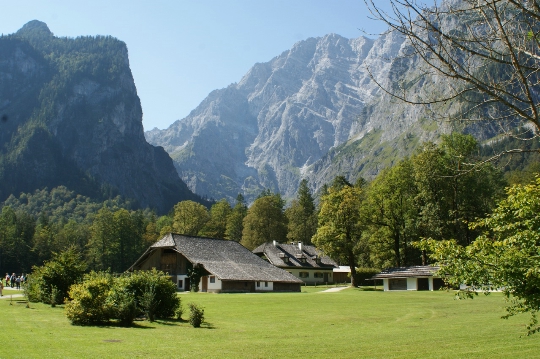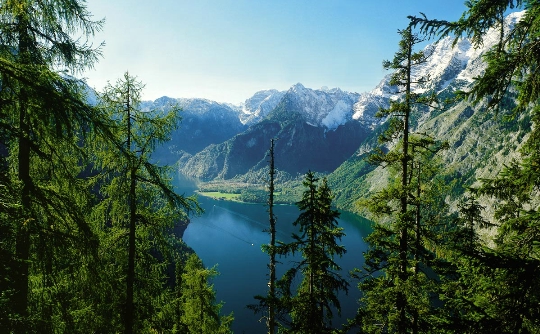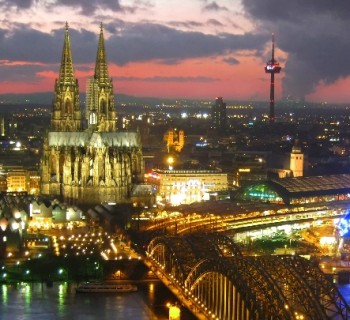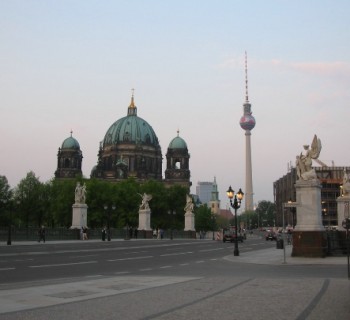Reserves of Germany

Almost a million hectares of German lands are considered protected in the country. On this vast territory there are 14 national parks, where unique ecological systems, rare species of animals and endangered and especially valuable plants are protected. Compared to similar nature reserves in other countries, nature reserves in Germany are relatively young - the very first received a special status in 1970.
Take a break from the bustle of the city
Germans love to relax in their national parks, but foreign tourists usually do not have time to visit them. But once you are close to these natural wonders, you should devote a couple of days to contemplating the magnificent landscapes that the land of Germany is so rich in:
- The Bavarian Forest in the southeast of the country is the largest forest connected area in Central Europe. Most of this nature reserve in Germany lies at a kilometer above sea level, and among the fauna of the park are the endangered lynx, forest cat, beaver, black stork and peregrine falcon. The administration of the park is located in the city of Grafenau, where you can clarify the rules for staying in the reserve and get detailed information on tourist routes.
- The chalk cliffs of the island of Rügen are only part of the German nature reserve in the north-east of the country. Jasmund National Park includes the Baltic coast and adjacent forests. The most outstanding natural formation of this nature reserve in Germany is the Royal Chair. The chalk cliff 118 meters high annually serves as an observation deck for 300 thousand visitors to the national park.
- Saxon Switzerland in eastern Germany is a unique place. The landscapes of this reserve are featured on the covers of guidebooks, wall calendars and paintings by local artists. The Bastei rocky massif soars into the sky almost 200 meters, allowing tourists to admire the Elbe and the surrounding landscapes from the height of its observation deck. The unique bridge on the Bastei rocks appeared for the first time in 1824, and today this architectural monument is the most popular place among visitors to Saxon Switzerland.
Stork on the roof
The villages close to this nature reserve in Germany are home to hundreds of white storks every summer, which nest in the region of the Lower Oder Valley. The national park of the same name is home to dozens of rare animals, including black storks, whooper swans, kingfishers, corncrake and otters.
The Oder Valley is visited by thousands of tourists every year, and the park has several dozen marked hiking and cycling trails..



